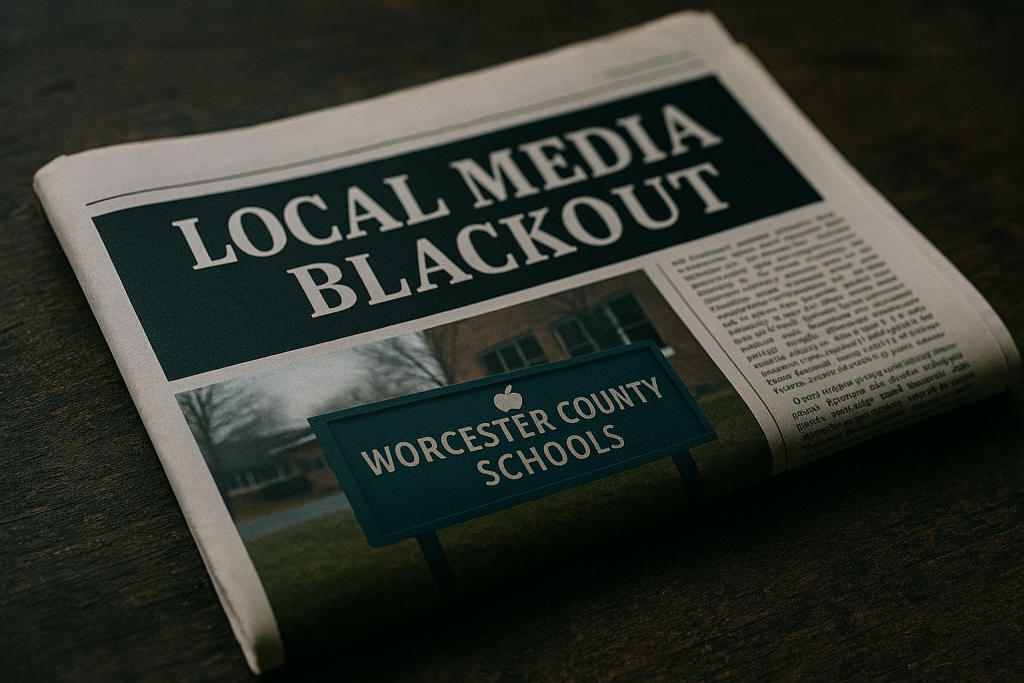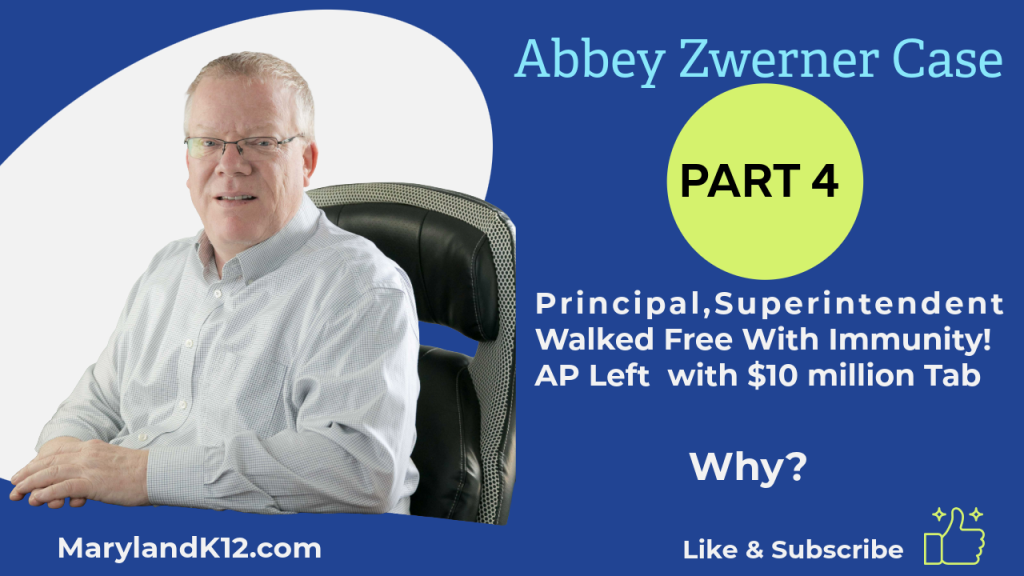
Richmond, Va., Schools Rename the Last of Their Confederate-Named Schools
The ongoing nationwide campaign to change the names of schools bearing the names of Confederate War figures reached a turning point of sorts last week, as the city that was once the capital of the confederacy—Richmond, Va.—announced plans to rename its last schools with Confederacy-linked names.
The school board said four schools would undergo name changes immediately. They are: John B. Cary Elementary, Ginter Park Elementary, Binford Middle, and George Wythe High, all of which were named and built between 1913 and 1951. John Cary, Lewis Ginter, and James Binford all fought for the Confederacy; Cary and Binford were also superintendents of Richmond. George Wythe was an attorney general during the Colonial era. Going forward, two of the schools will carry the names of Richmonders who were major contributors to or pioneers in the city school system.
Jason Kamras, Richmond’s superintendent, said the district feels it has a duty to children to make sure the name across the school is “one that the children can be proud of.”
He said the district is not trying to set a national precedent, but is committed to removing these Confederate-affiliated names.
“We have a shared commitment to removing any names that are associated with the Confederacy and ultimately with the ownership of enslaved Africans,” Kamras explained. “That seems like the bare minimum we could do for our kids.”
The affected schools, like the district itself, also serve a largely Black population. At the former Ginter Park Elementary, 93 percent of students are Black, according to Education Week’s research. The student population at the former Binford Middle and John B. Cary Elementary schools are both more than 60 percent Black.
Nationwide, campaigns to rename schools after Confederate leaders peaked following high-profile, race-related incidents, such as the the May 2020 killing of George Floyd and the 2017 white supremacist rally in Charlottesville, Va., and then experienced a lull as COVID-19 spread, causing school shutdowns.Nationwide, 59 such name changes have occurred since Education Week began tracking them in June of 2020.
But Richmond’s public school system has maintained a steady pace of renaming schools from Confederate leaders to historical figures from the city. With these latest changes, Richmond became the city with the most name changes. This decision has also made Virginia the state with the most name changes in the nation.
Other states—mainly Georgia, Florida, North Carolina, Alabama, and Texas—have retained Confederacy-linked names on dozens of schools. As of June 2023, Texas has 88 schools across the state named for Confederates and Georgia has 61.
The debate to change names has extended to military bases as well. Fort Liberty—formerly Fort Bragg, named for Confederate Gen. Braxton Bragg—was changed earlier this month, but Republican presidential candidates Florida Gov. Ron DeSantis and former Vice President Mike Pence said they would restore the base’s original name if they are elected. Fort Polk in Louisiana was also renamed to honor Sgt. William Henry Johnson, a Black soldier from World War I.
Many of these schools were named in an effort to make Black people feel unwelcome in public spaces, said Rivka Maizlish, senior research analyst with the Southern Poverty Law Center.
“This was a clear sign; it wasn’t just an accident or the name was always there,” Maizlish said. “This was a very specific, concerted effort to demonstrate that Blacks were not welcome.”
Richmond’s efforts are especially significant because the city served as the Confederate capital during the Civil War. Jefferson Davis, the Confederate president, is buried in Richmond at Hollywood Cemetery, along with dozens of other military officials. This cemetery also serves as the final resting place for thousands of Confederate soldiers.
What district leaders are saying
Stephanie Rizzi, the chair of the city’s school board, said the district wants to move beyond commemorating Confederates who supported enslavement.
“That would include the ancestry of most of the children who attend Richmond schools,” Rizzi noted. “Names matter, and we want our educational spaces to carry names that communicate that our young people are loved.”
As someone who grew up in Richmond as a Black woman, Rizzi said, she and her community never questioned whom these spaces were named after.
“I think for most of us, we just assumed that these people weren’t nefarious or weren’t people that could harm us,” Rizzi said. “I think that people detach from [the name] and associated the names simply with the love that they received from the people who are inside of those schools.”
Pushback and praise from residents
While the reception to the name-change plans was mostly positive from the community, some Black Richmonders were upset with the changes, according to Rizzi.
“I think it’s largely because people here have become habituated to the presence of those names,” she explained. “They had the monuments before and associated those names with the positive experiences they had … and saw it more as a tradition changing instead of really looking at the names.”
Rizzi said some believed changing the names was trying to erase history.
“We are getting to a point in history where we are asking these questions and aren’t afraid to ask them anymore,” Rizzi said. “I see this as a way of moving us beyond the painful history that Richmond is known for.”
Kamras said these changes are also meant to recognize other people in Richmond’s history.
“It’s uplifting the history of a lot of really important, powerful people in this city’s history and present,” Kamras said. “It’s well past due time for that.”
Maizlish said efforts across the country to erect statues commemorating Confederate figures were a form of erasing history. She said many generals and leaders were embarrassed to have lost the war.
“So they tried to remake the meaning of the Civil War and erase the struggle of slavery versus freedom,” Maizlish said. “All of these monuments [and] statues honoring Confederates went up in an effort to say, ‘These are all American heroes.’”
Taking down these statues and renaming schools is an effort to restore history, not erase it, Maizlish said.
The new names
Kamras and Rizzi said the new name of each school was chosen by committees to represent a significant aspect of the city and state’s history. After community members sent in nominations, the committees—which comprised administrators, teachers, parents, and students—recommended names to Kamras, who made the final recommendations to the board.
The former John B. Cary school is being renamed after Lois Harrison-Jones, the first African-American and female superintendent in Richmond. Ginter Park is renamed to Francis W. McClenney, after the first Black teacher and principal at the elementary school.
Binford Middle’s new name is Dogwood Middle, after Virginia’s state flower and tree. The district is rebuilding George Wythe High and converting it into an arts high school named the Richmond High School for the Arts.
The district has not discussed whether to rename two other schools—one named for John Marshall and the other for Thomas Jefferson. Both Virginians owned slaves in addition to their significant contributions to history.
Dig Deeper With Our Longreads
Newsletter Sign up to get our best longform features, investigations, and thought-provoking essays, in your inbox every Sunday.
The MEN was founded by John Huber in the fall of 2020. It was founded to provide a platform for expert opinion and commentary on current issues that directly or indirectly affect education. All opinions are valued and accepted providing they are expressed in a professional manner. The Maryland Education Network consists of Blogs, Videos, and other interaction among the K-12 community.








